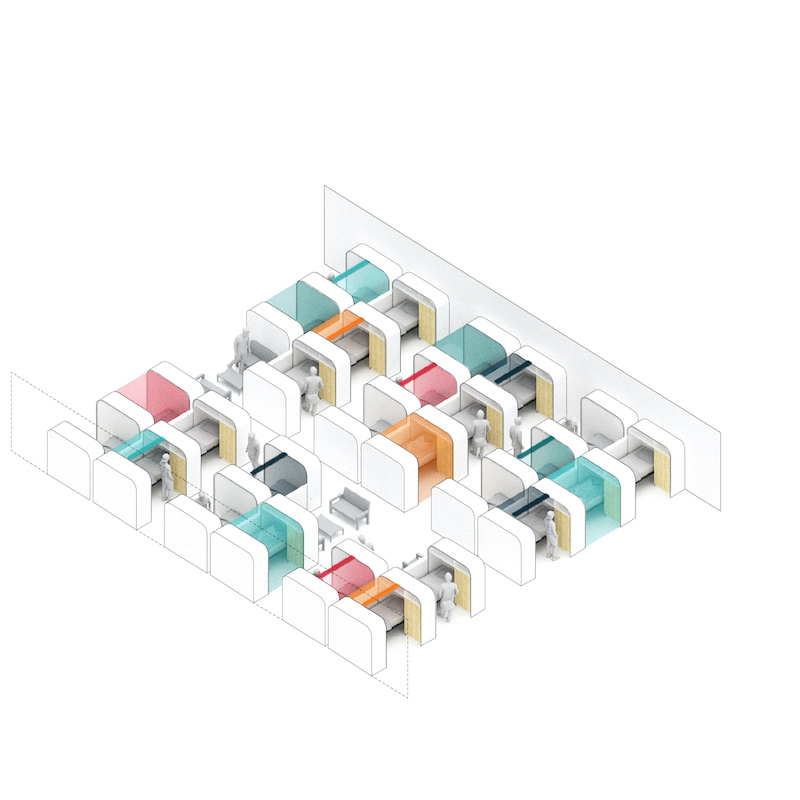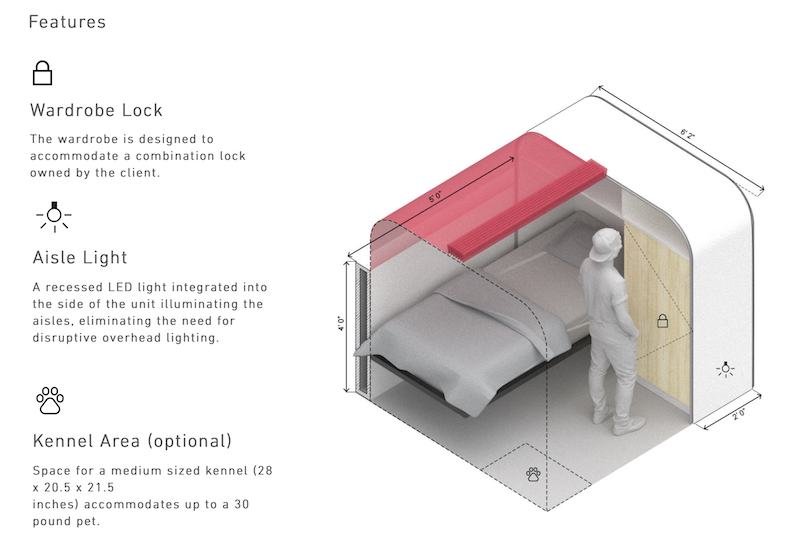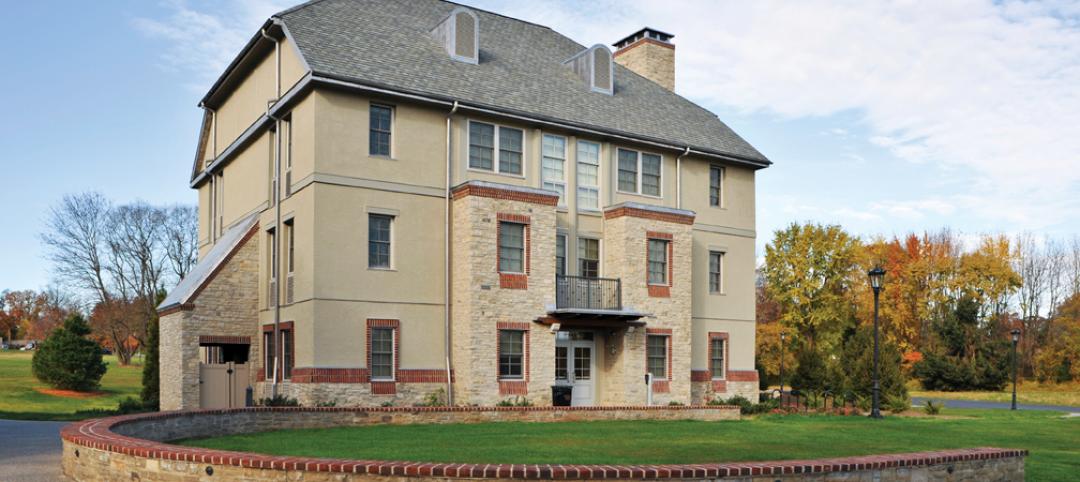On any given night, more than 500,000 Americans are homeless. Of that total, more than one-third of those homeless—35%—is unsheltered. And 47% of all unsheltered homeless live in California, which is four times higher than the state’s 12% share of the U.S. population.
Those estimates come from “The State of Homelessness in America,” which the White House’s Council of Economic Advisors released in September. That report notes that in the last two years, homelessness in Los Angeles alone had risen by 12% to more than 59,000 people. An estimated 44,000 of L.A.’s homeless eschew its shelter system, often preferring instead to live in outdoor tents that offer them more privacy and security.
Los Angeles isn’t oblivious to this situation. Proposition HHH, approved by voters in 2016, allocates $1.2 billion to build thousands of “supportive housing” units over the next decade. Los Angeles Mayor Eric Garcetti has also initiated a plan called A Bridge Home, which would help the homeless get into temporary housing in their preferred neighborhoods until they can be connected with a permanent home. The Mayor’s budget includes in excess of $460 million for supportive housing, bridge housing, and services. The state kicked in another $219 million this year.
Los Angeles is committed to creating 1,600 new units for the homeless by July 2020, and is considering a number of options, including DOME, a modular, unitized system that Perkins and Will designed specifically for interim and emergency housing.
The unit, which ranges from 47 to 52 sf, includes a bed with room for storage underneath, a lockable wardrobe, partitions, access to an electrical outlet, and an optional fabric canopy that can be pulled down for additional privacy. A person can stand inside DOME. And the design allows for an optional medium-sized kennel that can accommodate a pet up to 30 lbs.

DOME units' installation maximizes space.
Yan Krymsky, design director of Perkins and Will's Los Angeles studio, calls DOME “a sleeping cabinet.” DOME’s microsite provides details about the unit and its installation, which slots together onsite and is collapsible; 32 units could fit onto a 53-ft-long trailer. P&W estimates DOME’s cost at $4,749 per unit.
A prototype of DOME, built by Shield Casework in Kansas City, Mo., has been installed in the Los Angeles Architecture & Design Art Museum, where interested parties can evaluate its design, construction and utility, and offer comments.
Krymsky says that P&W has also been talking with shelter operators such as the Salvation Army and People Assisting the Homeless (PATH) to gauge interest in DOME and to see if they are willing to test it out. DOME’s design is flexible enough to bend to different operators philosophies about partitions (some like them, others don’t, for security reasons). The prototype could also be made bigger (some operators prefer longer beds, for example.)
P&W got interested in this project when it was retained by the city to do research on interim housing. As such, it learned that this kind of housing typically provides extended-stay shelter, anywhere from six months to two years. P&W also learned that there wasn’t much out there that could provide bridge housing. “For us, that’s unusual in other typologies,” says Krymsky.
Shield Casework, a five-year-old company, specializes in making products using acrylic solid surface. Its two primary markets are healthcare and sports, for which it prefabricates everything from headwalls to custom lockers.

32 DOME units can be shipped on a single 53-ft trailer.
Stephen Hopkins, Shield’s president, says that he and Krymsky had worked on previous projects, including a dorm-pod concept for the University of Utah that didn’t get built for code reasons but set the stage for the two companies’ alliance on DOME.
“For us, the challenge was how do we hone the design to its basic components” so that it could be produced simply and efficiently, says Hopkins, who is an architect.
Neither he nor Krymsky see DOME as a silver bullet for solving homelessness, given the magnitude of the problem. “It’s a Band-Aid, but one we’re happy to provide,” says Hopkins. If demand for DOME were to take off, Shield has the capacity to produce 1,000 or so units over a six-month period without disrupting its other orders.
Krymsky anticipates high interest in DOME, not only in L.A. but possibly from other cities desperately seeking housing options. Perkins + Will is also considering other housing designs, such as tiny houses (which California codes currently don’t allow). “Our frustration [with tiny houses] is that their pricing is total confusion,” with the lowest-priced model with electricity he’s seen costing around $20,000.
Related Stories
| Apr 13, 2012
Best Commercial Modular Buildings Recognized
Judges scored building entries on a number of criteria including architectural excellence, technical innovation, cost effectiveness, energy efficiency, and calendar days to complete, while marketing pieces were judged on strategy, implementation, and quantifiable results. Read More
| Oct 6, 2011
GREENBUILD 2011: Dow Corning features new silicone weather barrier sealant
Modular Design Architecture >Dow Corning 758 sealant used in GreenZone modular high-performance medical facility.
| Sep 29, 2011
Kohler supports 2011 Solar Decathlon competition teams
Modular Architecture > In a quest to create the ultimate ‘green’ house, 20 collegiate teams compete in Washington D.C. Mall.
| Sep 12, 2011
Living Buildings: Are AEC Firms up to the Challenge?
Modular Architecture > You’ve done a LEED Gold or two, maybe even a LEED Platinum. But are you and your firm ready to take on the Living Building Challenge? Think twice before you say yes.
| Sep 9, 2011
$22 million investment made in energy efficient building maker
The buildings use at least 25% less energy than the strictest building codes in the U.S., and as much as 80% less energy in certain parts of the country.
| Jul 22, 2011
Five award-winning modular innovations
The Modular Building Institute's 2011 Awards of Distinction highlight fresh ideas in manufactured construction projects.
| Mar 11, 2011
Temporary modular building at Harvard targets sustainability
Anderson Anderson Architecture of San Francisco designed the Harvard Yard childcare facility, a modular building manufactured by Triumph Modular of Littleton, Mass., that was installed at Harvard University. The 5,700-sf facility will remain on the university’s Cambridge, Mass., campus for 18 months while the Harvard Yard Child Care Center and the Oxford Street Daycare Coop are being renovated.
| Oct 13, 2010
Prefab Trailblazer
The $137 million, 12-story, 500,000-sf Miami Valley Hospital cardiac center, Dayton, Ohio, is the first major hospital project in the U.S. to have made extensive use of prefabricated components in its design and construction.
| Aug 11, 2010
Morphosis builds 'floating' house for Brad Pitt's Make It Right New Orleans foundation
Morphosis Architects, under the direction of renowned architect and UCLA professor Thom Mayne, has completed the first floating house permitted in the U.S. for Brad Pitt’s Make It Right Foundation in New Orleans.The FLOAT House is a new model for flood-safe, affordable, and sustainable housing that is designed to float securely with rising water levels.
| Aug 11, 2010
Bovis Lend Lease, Webcor among nation's largest multifamily contractors, according to BD+C's Giants 300 report
A ranking of the Top 50 Multifamily Contractors based on Building Design+Construction's 2009 Giants 300 survey. For more Giants 300 rankings, visit http://www.BDCnetwork.com/Giants















